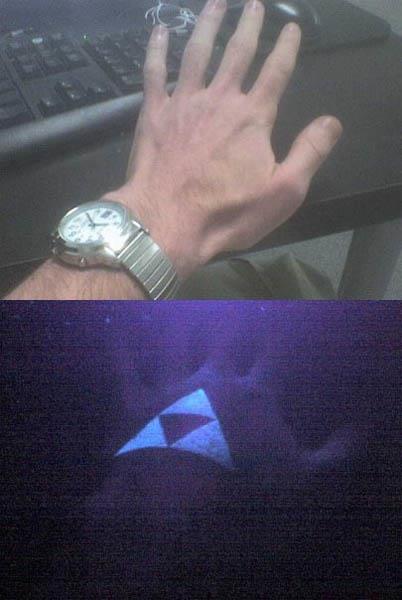Scarifying involves scratching, etching, or superficially cutting designs, pictures, or words into the skin as a permanent body modification
In the process of body scarification, scars are formed by cutting or branding the skin. Scarification is sometimes called cicatrization (from the French equivalent).
Scarification is not a precise practice; variables, such as skin type, cut depth, and how the wound is treated while healing, make the outcome unpredictable. A method that works on one person may not work on another. The scars tend to spread as they heal, so outcome design is usually simple, the details being lost during healing. Tom Skelly was the first known person to practice scarification in the United States.























